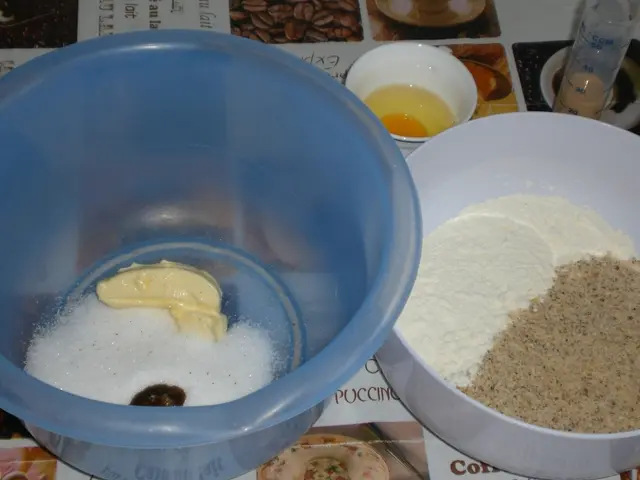Motion Rehabilitation Device Showcase at Supercon 2024: Immersion-Enhanced Assistive Technology
In rehabilitation, patients often face a challenging path to recovery, particularly when using afflicted body parts. The process requires careful attention and specific exercises to repair and restore functionality. This arduous work takes a toll on both patients and healthcare providers.
At the 2024 Hackaday Supercon, Juan Diego Zambrano, Abdelrahman Farag, and Ivan Hernandez presented a novel solution to aid those navigating this challenging journey: an innovative motion monitoring device designed to facilitate rehabilitation objectives within a medical context.
Motion Project Overview
Guided by a measured approach, the team addressed a pressing issue: improving rehabilitation methods for children. The project aimed to develop structured activities focused on key areas like motor skills, coordination, and balance. Children with physical or developmental challenges often struggle with these activities, which can become repetitive and unengaging.
To address this challenge, the team sought to make rehabilitation more interactive and beneficial to both therapists and patients.
The development process involved several steps: defining the problem, proposing a solution, selecting appropriate hardware, and creating both the necessary software and user interface.
Game-Based Therapy
With a focus on children's rehabilitation, the team turned to game-based therapy techniques to boost patient engagement and motivation during therapy sessions. To achieve this goal, they developed an immersive motion rehabilitation device featuring wearable sensors to track and monitor movements in real-time.
Device Components
The device leverages an Arduino Nano BLE33, equipped with Bluetooth Low Energy wireless communications hardware, featuring an nRF52840 microcontroller for both performance and low power consumption. Of significant value is the device's inertial measurement unit (IMU) and magnetometer, which is included in the platform and ready for immediate use.
For user feedback, additional hardware components were incorporated, such as a vibration motor, RGB LED, and buzzer. The device's functionality can be easily controlled through onboard buttons, while pairing with a Windows application programmed in C# simplifies its use for healthcare professionals during monitoring and analysis sessions.
Clinical Benefits
The team discussed the numerous benefits of the device in various clinical contexts. By gamifying rehabilitation, patients are more inclined to participate actively in therapy exercises. The incorporation of engaging graphics and simple gameplay ideas helps transform the mundane aspects of rehabilitation into an appealing experience for children.
The device's data collection capabilities also benefit healthcare professionals by providing real-time feedback on a patient's performance and helping streamline the rehabilitation process. Additionally, the team developed a system for generating reports and accessing patient data, along with an entertaining connection assistant named Sharky.
Overall, the Motion Project highlights the transformative potential of everyday hardware in developing useful clinical tools.By offering an engaging and efficient solution for patients undergoing rehabilitation, the device could pave the way for innovative advancements in the field.
- The Motion Project, presented at the 2024 Hackaday Supercon, utilizes an Arduino Nano BLE33, a device with Bluetooth Low Energy wireless communications hardware and an nRF52840 microcontroller, to create a motion monitoring device aimed at improving rehabilitation methods for children.
- To enhance patient engagement during rehabilitation, the team behind the Motion Project has incorporated game-based therapy techniques into their device, featuring wearable sensors and real-time motion tracking, all powered by an Arduino Nano BLE33.
- In health-and-wellness and fitness-and-exercise contexts, the Motion Project's device could significantly contribute to therapies and treatments by gamifying rehabilitation exercises, thereby boosting patient motivation and making rehabilitation more interactive and engaging. This innovative hardware solution could lead to advancements in the field of science and health-and-wellness.




